Please enable javascript to view the website ..
Repair help > Riding Mowers & Tractors repair > Riding Mowers & Tractors repair guides
January 1, 2015
By Lyle Weischwill
This step-by-step riding mower repair guide shows how to replace the rear tire on your lawn tractor or riding lawn mower if the tire is too damaged to repair. Installing a new rear tire is relatively easy and requires just a few tools and a manufacturer-approved lawn mower part.
Use this repair guide and video to replace the rear tire on Craftsman, MTD, Husqvarna, Murray, Troybilt, Toro, Snapper, Yard-Man, Weed Eater, Ariens, John Deer and Southern States lawn tractors and riding lawn mowers.
If the tire just has a puncture in the tread, you can fix it with tire sealant. The video How to Repair a Riding Lawn Mower Tire shows how.
Quick links
Tools required
Floor jack or bottle jack
Jack stand
Slot screwdrivers
Pry bars
Pliers
Valve stem core removal tool
Liquid detergent
Water
Wood blocks
Work gloves
Safety goggles
Compressed air supply
Anti-seize compound
Repair difficulty
Time required
60 minutes or less
Repair difficulty
Time required
60 minutes or less
Replacing a rear tire on a riding lawn mower
This video explains how to replace the rear tire on a riding lawn mower.
01.
Park the riding mower on a level surface and set the parking brake.
Turn the ignition switch off and remove the key.
Wear work gloves to protect your hands and safety goggles to protect your eyes.
Lift the riding lawn mower hood and disconnect the spark plug wire.
Lower the tractor hood.
Tip: Disconnect both spark plug wires if your engine has 2 cylinders.
PHOTO: Disconnect the spark plug.
02.
Block the front tires to keep the riding mower from rolling.
Position the jack under the frame and jack up the riding mower to raise the rear wheel.
Place a jack stand under the frame to support the riding mower.
Remove the jack.
PHOTO: Jack up the riding mower.
03.
Pull off the axle cover.
Remove the retaining ring and then pull off the washer.
Pull the tire off the axle.
Remove the square key.
PHOTO: Remove the rear wheel.
04.
Remove the valve stem cap.
Remove the valve stem core, which lets any remaining air out the tire.
Break the tire bead and pry the tire off the wheel rim on one side.
Pry the tire off the rim on the other side.
PHOTO: Break the tire bead and pry the tire off the rim.
05.
Clean the wheel rim.
Lay the new tire flat on a work surface.
Lubricate the top tire bead with liquid detergent.
Pry the rim into the top side of the tire.
Flip the rim and tire over.
Lubricate the tire bead with liquid detergent.
Pry the remaining side of the tire onto the rim.
Warning: Use blunt tools to pry the tire to avoid damaging the tire bead.
PHOTO: Pry the new tire onto the rim.
06.
Fill the tire with air to seat the tire bead.
Reinstall the valve stem core.
Fill the tire fully with air.
If the tire doesn't fill with air, install ratcheting tension straps around the outer edge of the tread on each side of the tire.
Tighten the straps to force the beads outward.
Fill the tire with air to seat the tire bead.
Reinstall the valve stem core and fill the tire with just enough air to keep the beads seated.
Carefully release the tension straps and then remove the straps.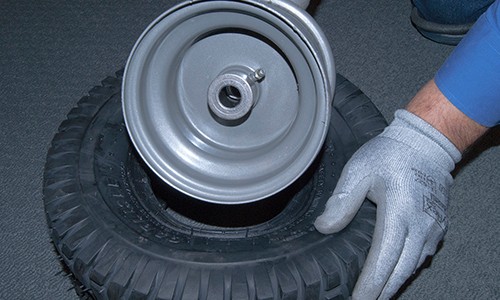
Tip: If the tire didn't fill with air, install a ratcheting tension strap around the center of the tire tread, tighten the strap to force the beads outward, and fill the tire with air to seat the tire bead. Carefully release and then remove the strap.
PHOTO: Seal the bead to the rim.
07.
Slide the wheel on the axle and line up the key slots in the rim and axle.
Apply anti-seize compound to the square key.
Push the key into the rim.
Reinstall the washer and snap the retaining ring onto the axle.
Push the axle cover onto the wheel.
PHOTO: Lubricate the square key.
08.
Push the jack under the frame and raise the riding mower.
Pull out the jack stand.
Lower the riding mower to the ground.
Remove the wood blocks from the front tires.
PHOTO: Lower the riding mower.
09.
Raise the tractor hood.
Reconnect the spark plug wire and lower the hood.
Tip: Reconnect both spark plug wires if your engine has 2 cylinders.
Warning: Undertaking repairs to appliances can be hazardous. Use the proper tools and safety equipment noted in the guide and follow all instructions. Do not proceed until you are confident that you understand all of the steps and are capable of completing the repair. Some repairs should only be performed by a qualified technician.
Choose a symptom to see related riding mower and lawn tractor repairs.
Main causes: punctured tire or inner tube, leaky valve stem, damaged wheel rim
Read moreMain causes: worn or broken ground drive belt, bad seat switch, transaxle freewheel control engaged, transaxle failure, dirty carburetor
Read moreMain causes: shift lever needs adjustment, neutral control needs adjustment
Read moreMain causes: worn or broken blade belt, broken belt idler pulley, blade clutch cable failure, bad PTO switch, damaged mandrel pulleys
Read moreMain causes: damaged cutting blade, worn deck pulley, damaged mandrel pulley, loose fasteners on mower deck components
Read moreMain causes: engine overfilled with oil, leaky head gasket or sump gasket, damaged carburetor seals, cracked fuel pump, broken fuel line
Read moreMain causes: clogged carburetor, damaged flywheel key, dirty spark plug, stale fuel, improper valve lash, engine needs a tune up
Read moreMain causes: faulty battery, bad alternator
Read moreMain causes: unlevel mower deck, dull or damaged cutting blades, worn mandrel pulleys, bent mower deck, engine needs tune up
Read moreThese step-by-step repair guides will help you safely fix what’s broken on your riding mower or lawn tractor.
January 1, 2015
By Lyle Weischwill
Your mower can’t run on a damaged rear tire. Here’s how to install a new one.
Repair difficulty
Time required
60 minutes or less
Read moreJanuary 1, 2015
By Lyle Weischwill
If a blade on your mower is dull or bent, replace it following the steps in this repair guide.
Repair difficulty
Time required
30 minutes or less
Read moreJanuary 1, 2015
By Lyle Weischwill
Help your mower run better by replacing the fuel filter during your riding mower's annual tune-up.
Repair difficulty
Time required
15 minutes or less
Read moreUse the advice and tips in these articles and videos to get the most out of your riding mower or lawn tractor.
August 5, 2022
By Lyle Weischwill
Learn about Sears Technical Institute and the advanced technical content being developed for aspiring appliance techs.
Read moreAugust 6, 2020
By Lyle Weischwill
Learn how a blade removal tool makes replacing the blade easier and safer
Read moreApril 9, 2019
By Lyle Weischwill
Keep these 6 things on hand to keep the mower season running smoothly.
Read moreShop Frigidaire FFBD2406NB9B dishwasher parts
Shop LG DLGX2502V dryer parts
Shop Bosch HBL8650UC/10 electric wall oven parts
Repair Kit 35791R 2302860783BLACK LOWER OUTER DOOR ASM WB56X33052Dishwasher Water Inlet Guide Assembly 4975DD1001A partsWasher Motor Stator WPW10419333 partsRefrigerator Can Rack WP13005401SP partsGrill Drip D WR17X23167 partsRefrigerator Door Assembly ADD74296601 partsSlinger Vane 905006MAWasher Outer Rear Tub Assembly DC97-19681A partsHome Electronics Shield 126-02036Elliptical Resistance Motor 241949 partsDishwasher Spray Arm, Lower WD12X10244 partsSpark Plug 715811
Shop Snapper 301016BE rear-engine riding mower parts
Gas Grill Not Hot Enough
Shop GE GSL25JFPEBS side-by-side refrigerator parts
We all cut our grass in different ways.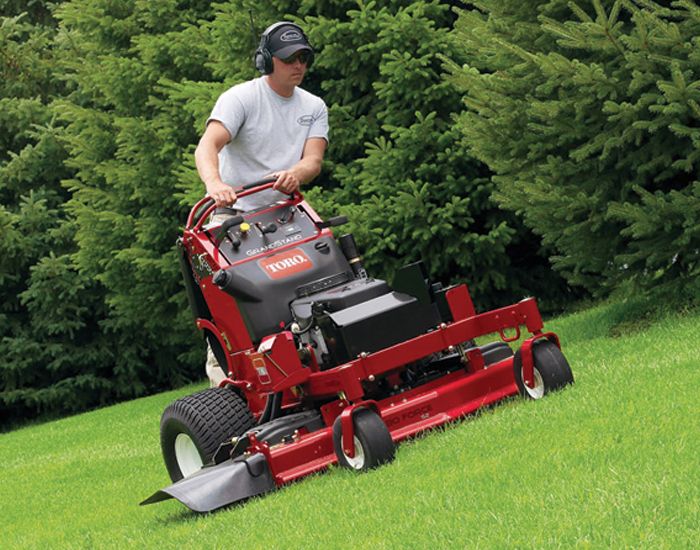 Some of us can get by with a traditional push mower while others use a riding lawn tractor. Whatever the case, there is a common problem that most of us have experienced before: a stuck rear wheel.
Some of us can get by with a traditional push mower while others use a riding lawn tractor. Whatever the case, there is a common problem that most of us have experienced before: a stuck rear wheel.
Instead of dealing with an inefficient mower that doesn’t move like it should, there are fixes to be implemented. Sometimes, it is as simple as applying a penetrating oil. Rust can permeate the rear wheel, causing it to stick. In more serious instances, removal of the wheel may be necessary.
Do You Need a Mower Repair Service?
Get free, zero-commitment quotes from pro contractors near you.
FIND LOCAL CONTRACTORS
Before getting started, it helps to have the necessary tools to get the job done. You can probably substitute one or two of these out for something similar, but this is generally the best kit for getting the wheel unstuck.
You will need:
Depending on the severity of the issue, you may need to remove the wheel entirely. When rust becomes overwhelming, it can permeate deeper into the body of the mower or lawn tractor, creating further issues.
It is ideal to create an elevated, level surface for you to work on. Depending on how heavy your mower is, that may not be an option so do the best that you can with what you are given. Working on a level surface means that you aren’t contending with distorted angles.
Use a hydraulic jack. If you have a hydraulic jack, this is the time to use it. You can elevate the tractor onto a level surface or simply bring the side with the problem wheel up so that you can gain easier access to it. All you need to do to activate the hydraulic jack is turn the handle clockwise.
All you need to do to activate the hydraulic jack is turn the handle clockwise.
Make sure that you set the parking brake if there is one so that the mower or tractor doesn’t go rolling off. Also, make sure to disconnect the spark plug. Exercise caution and safety when you work on your mower or tractor.
When choosing your level surface and creating a secure space to work in, you will need to keep the wheels from moving. Take the blocks of wood from earlier and use them to block the front wheels of your mower or tractor.
By placing secure blocks in their way, you keep the machine in a relatively stable place. That will allow you to work properly without having to contend with constant movement from the mower or tractor.
To gain stability while on the jack, you will need to use jack stands. Place each of the jack stands under either side of the axle, located inside of the tire. Make sure you get them as close as possible to the tire for better stability.
Make sure you get them as close as possible to the tire for better stability.
You can then lift the arms of the jack stand until they contact the frame of the mower or tractor. Using the hydraulic jack handle, lower your mower or tractor until the weight is resting fully on the jack stand. Give the mower or tractor a slight shake to ensure that its weight is properly supported.
Depending on the severity of the issue, this may be your final step. Wheels that don’t have a major rust problem will likely be fine after some penetrating oil. For more severe issues, continue on to learn further troubleshooting methods.
Apply the penetrating oil at the point where the axle and rim meet. Don’t go overboard with it; just spray a reasonable amount. Don’t forget to soak both the front and backside of the axle and make sure that you get all around the rim as well.
It is important to note that this step will go depending on the severity of the rust issue around the axle and rim.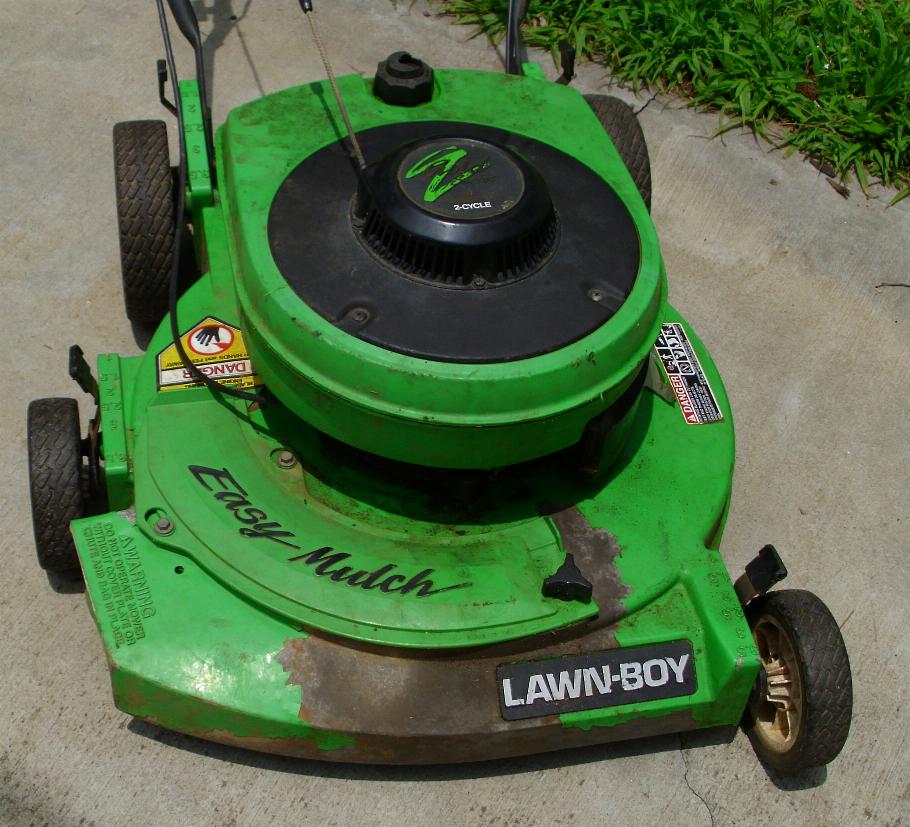 Give the rim a tap; go around the entire circumference of the axle, covering both front and back in the process.
Give the rim a tap; go around the entire circumference of the axle, covering both front and back in the process.
There is a chance that the wheel may not move all that much. It could just mean that you need to use more penetrating oil around the axle. Moreover, you may need to give the penetrating oil more time to work. Try waiting about 15 or 20 minutes after spraying before tapping again.
When you feel confident that the penetrating oil has had a chance to do its thing, it is time to break out the hammer. Use the hammer to knock off any of the rust build-up that you may see around the rim or axle.
Don’t go nuts; give gentle taps to start. Hit the axle head a few times and it should clear away most of the rust there unless the build-up is severe. This method should work to knock off any of the loose debris that has collected on the wheel, axle, and rim.
If there is a center bolt on your wheel, remove it completely using a socket wrench. Not every model will have one of these, so if yours doesn’t, move on.
Not every model will have one of these, so if yours doesn’t, move on.
Grab both sides of the tire and pull it completely off of the axle. Don’t torque on it; use a rocking motion. Pulling too hard could pull the mower or tractor off of the jack stand, causing potential damage or harm to you.
If you have come this far and the wheel still isn’t moving, it isn’t quite time to panic. For truly persistent stuck wheels, it typically just means applying more penetrating oil and then doing some more hammering. Give it a few tries before declaring the wheel too stuck.
Worst-case, bring a friend in to help tap on the backside of the rim as you rock the tire. A helping hand can go a long way in instances like this and allow for more flexibility in the things that you can try.
Note: It is not unheard of to use WD-40 instead of a penetrating oil. If you have WD-40 just laying around, try spraying down the trouble spot and letting it sit for a few hours. That could be the trick for getting the wheel popped out and moving again.
That could be the trick for getting the wheel popped out and moving again.
Penetrating oil not working so well? Don’t fret. There are plenty of other methods that have been known to do the trick just as well.
This method takes less time to implement, but you need to have a torch and be comfortable using it. As is the case whenever a flame is involved, exercise the utmost caution.
 Use serious caution here: by using too much force, it can not only damage the mower, but potentially be dangerous to you as well.
Use serious caution here: by using too much force, it can not only damage the mower, but potentially be dangerous to you as well.Do You Need a Mower Repair Service?
Get free, zero-commitment quotes from pro contractors near you.
FIND LOCAL CONTRACTORS
Having a stuck wheel can be frustrating and hinder your ability to care for your lawn. And while frustration is understandable, it can get the best of any of us. When that happens, you may be staring down a damaged lawn mower or tractor and can even put yourself at risk.
When in doubt, there are two things that you need to remember. First is to not use extreme force. Extreme force usually ends badly. Secondly, don’t knock the wheel off by hitting the backside with force. Tap it consistently and it should eventually come free.
How Long Does It Take To Grow A Bonsai Tree
Growing a bonsai tree is an ancient art that requires some skill and patience. While this process takes time, many find the art of bonsai a relaxing and even mediation task. Its reward is in the work...
While this process takes time, many find the art of bonsai a relaxing and even mediation task. Its reward is in the work...
Continue Reading
link to Do All Houses Have Sump Pumps?Do All Houses Have Sump Pumps?
There is a good chance that even if you don’t see a sump pump in a basement, there is one hiding there somewhere. Sump pumps are often out of sight and out of mind. They are, however, indispensable...
Continue Reading
Front wheel

How to inflate a tubeless tire?
Re-inflation of a tubeless or handcart tire (no explosives)
So how do you remove the front wheel on a Craftsman lawnmower?
Removing the front and rear wheels from the Craftsman is necessary to repair or replace tires.
how to remove the front wheel from the Cub Cadet?
How do I remove the cap and/or front wheel on my Cub Cadet Series 1000 or 1500 tractor ?
To remove the front wheel , the flexible center hub cap must first be removed. Using a flat-blade screwdriver or similar flat-blade tool, carefully pry the outer lip (edge) of the hub cap until it comes free.
Using a flat-blade screwdriver or similar flat-blade tool, carefully pry the outer lip (edge) of the hub cap until it comes free.
So, how do you remove a tire from a John Deere self-propelled lawn mower?
How to change the rear lawn mower tire on a John Deere 100 Series Self Propelled Lawn Mower
How to change tires on a John Deere L110

Completely bleed air from tire by compressing it to relieve pressure on the bead. Assume there is tire sealant inside, and keep the valve away from the down position. Push both sides of tire towards center of rim to loosen bead from rim sidewall.
Overview. These axle keys (also known as key stock) are pre-cut square keys used to lock two moving parts. in place when installed in a pre-cut keyway.
John Deere Tires Sealant was formulated specifically for higher RPM tires, including road applications for vehicles over 18,000 pounds GVW. Repair punctures in tubeless tires in less than five minutes. Puncture repair tubeless tires on wheel.
Puncture repair tubeless tires on wheel.
How to Remove the Front Wheel from the John Deere Gator
How to jack up the mower

Lay inner tube on top and position so that the valve stem is on the inner tube is in the same location as the valve stem hole on the rim. Insert the inner tube into the tire and push the valve stem through the hole in the rim.
Fix-a-flat works is good for trucks and trailers - NOT for mowers . You need to hit 45 mph to get from fix-a-flat to work . Read the damn can ! The slime works well if it's already in the tire when you get a puncture and can be repaired quickly .
462 lbs
If your lawn mower has a flat tire, there are several ways you can fix the problem.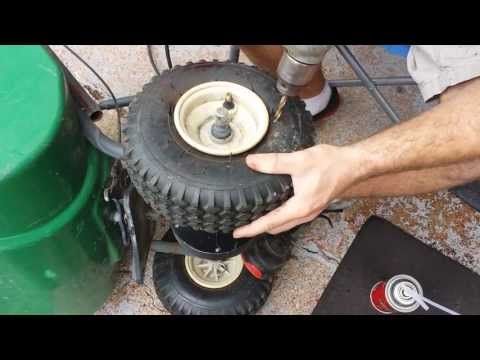 First, you need to determine if the tire is actually flat. fix it. Here are four steps you can follow to fix your lawnmower tire:
First, you need to determine if the tire is actually flat. fix it. Here are four steps you can follow to fix your lawnmower tire:

Repairing a lawn mower tire can be done by following these simple steps:
There are several reasons why a lawnmower tire can flatten. One common problem is that the air inside the tire compresses over time, causing air pressure to be lost and eventually failure. Another potential cause is a tire sidewall puncture or tear, which can allow water and debris to get inside and damage the inner rubber layer. mechanics. In any case, there are a few simple steps you can take to fix a flat lawn mower tire without taking it in for repair. First, try inflating the tire with an air pump to its maximum pressure.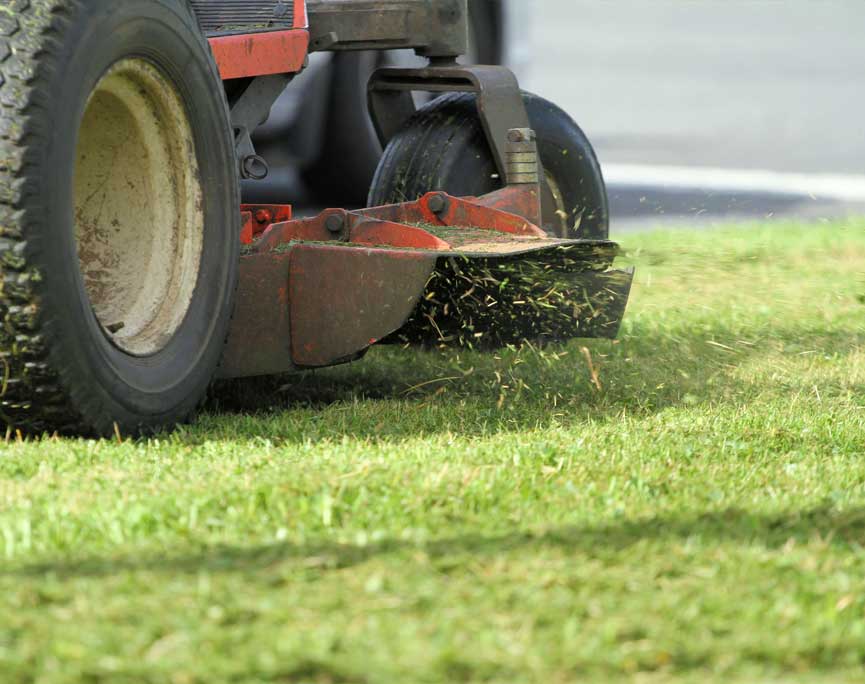 with a brush or vacuum cleaner. Finally, replace the crushed tube with a new one and inflate it again until the proper pressure is reached. e.
with a brush or vacuum cleaner. Finally, replace the crushed tube with a new one and inflate it again until the proper pressure is reached. e.
If you notice that your lawn mower cuts like it used to, the problem might be one of its tires. Here are some tips to fix a flat tire on your lawn mower:
they can reduce traction when cornering, which can cause you to lose traction when you try to roll over (called "wheel lock"). If necessary, have a qualified mechanic replace cracked or damaged wheels with new ones that are properly protected from moisture and corrosion (using special wheel sealant).
5 Park the mower in a location where it will not be exposed to extreme weather conditions such as strong winds or heavy rains to help prevent wear and possible damage caused by elements that do not meet normal operating conditions.
 Make sure you are using the correct type of pressure sensor for your lawn mower. Excessive tire pressure can cause the tire to burst and damage the machine.
Make sure you are using the correct type of pressure sensor for your lawn mower. Excessive tire pressure can cause the tire to burst and damage the machine. How to fix a lawn mower tire:
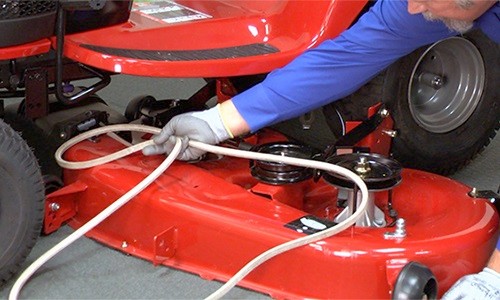 If you notice any problems, take action immediately by replacing worn parts with new ones or repairing them as needed.
If you notice any problems, take action immediately by replacing worn parts with new ones or repairing them as needed. When it comes to lawn mowers, one of the most common problems is a flat tire. If you notice any of the following symptoms, it might be time to replace your lawn mower tire:
-Your lawnmower is not mowing as well as it used to.
-The blade seems to be stuck in one place or does not turn freely.
- You hear a lot of noise when you try to start the mower.
- The tread of your tire is worn significantly.
If any of these signs are present, it may be time to replace a tire on your lawn mower. Here are some tips on how to fix a flat lawn mower tire: 1) Check tire pressure regularly. Low air pressure can cause problems with both traction and engine performance. 2) Replace worn blades. Over time, the blades wear out and become less effective at cutting grass.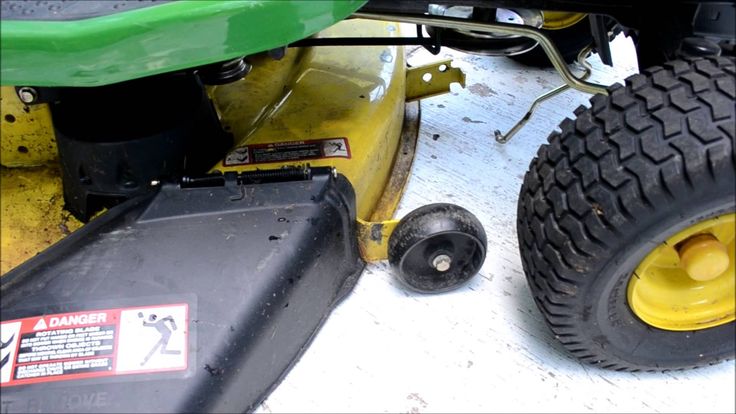
Yes, you can change the mower's tire yourself. The process is quite simple and only takes about an hour. Here are the steps:
One option to purchase a replacement lawn mower tire is to visit your local hardware store. Another option is to find a retailer online that sells lawn mower tires. Some retailers wholesale lawn mower tires while others may only sell lawn mower tires. certain brands. It is important to check the size and type of lawn mower tires you need before purchasing.
Another option is to find a retailer online that sells lawn mower tires. Some retailers wholesale lawn mower tires while others may only sell lawn mower tires. certain brands. It is important to check the size and type of lawn mower tires you need before purchasing.
Replacing a lawn mower tire can be expensive. The cost of a new tire typically ranges from $30 to $60 depending on tire size and type. In addition, wheel bearings may need to be replaced if the wheel is damaged. If the lawn mower has been in an accident, you may also need replace other parts such as the frame or engine. In general, a lawn mower tire replacement can cost anywhere from $100 to $300.
There are a few things you can do to fix your lawnmower tire yourself. First, make sure the blade is sharp and properly adjusted. Second, check for debris or rocks in the wheel bearings.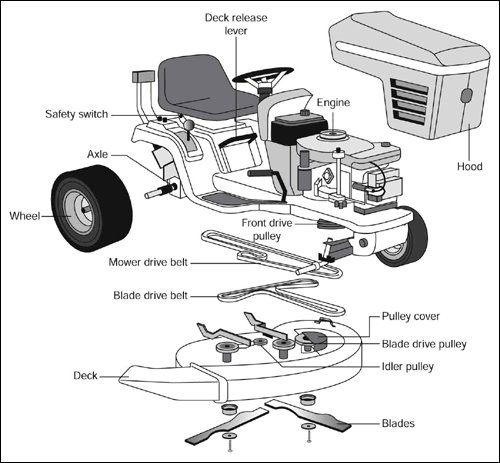 Finally, if the tire is completely flat, it is best to take your lawn mower to a repair shop. However, there are many simple fixes that you can do at home without requiring your lawn mower to be taken to a repair shop. Here are four tips:
Finally, if the tire is completely flat, it is best to take your lawn mower to a repair shop. However, there are many simple fixes that you can do at home without requiring your lawn mower to be taken to a repair shop. Here are four tips:
